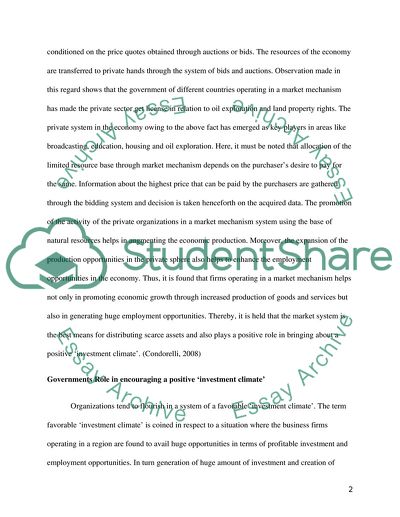Cite this document
(“Allocation of Scarce Resources in a Market Mechanism Assignment”, n.d.)
Allocation of Scarce Resources in a Market Mechanism Assignment. Retrieved from https://studentshare.org/marketing/1745572-economics-for-business
Allocation of Scarce Resources in a Market Mechanism Assignment. Retrieved from https://studentshare.org/marketing/1745572-economics-for-business
(Allocation of Scarce Resources in a Market Mechanism Assignment)
Allocation of Scarce Resources in a Market Mechanism Assignment. https://studentshare.org/marketing/1745572-economics-for-business.
Allocation of Scarce Resources in a Market Mechanism Assignment. https://studentshare.org/marketing/1745572-economics-for-business.
“Allocation of Scarce Resources in a Market Mechanism Assignment”, n.d. https://studentshare.org/marketing/1745572-economics-for-business.


